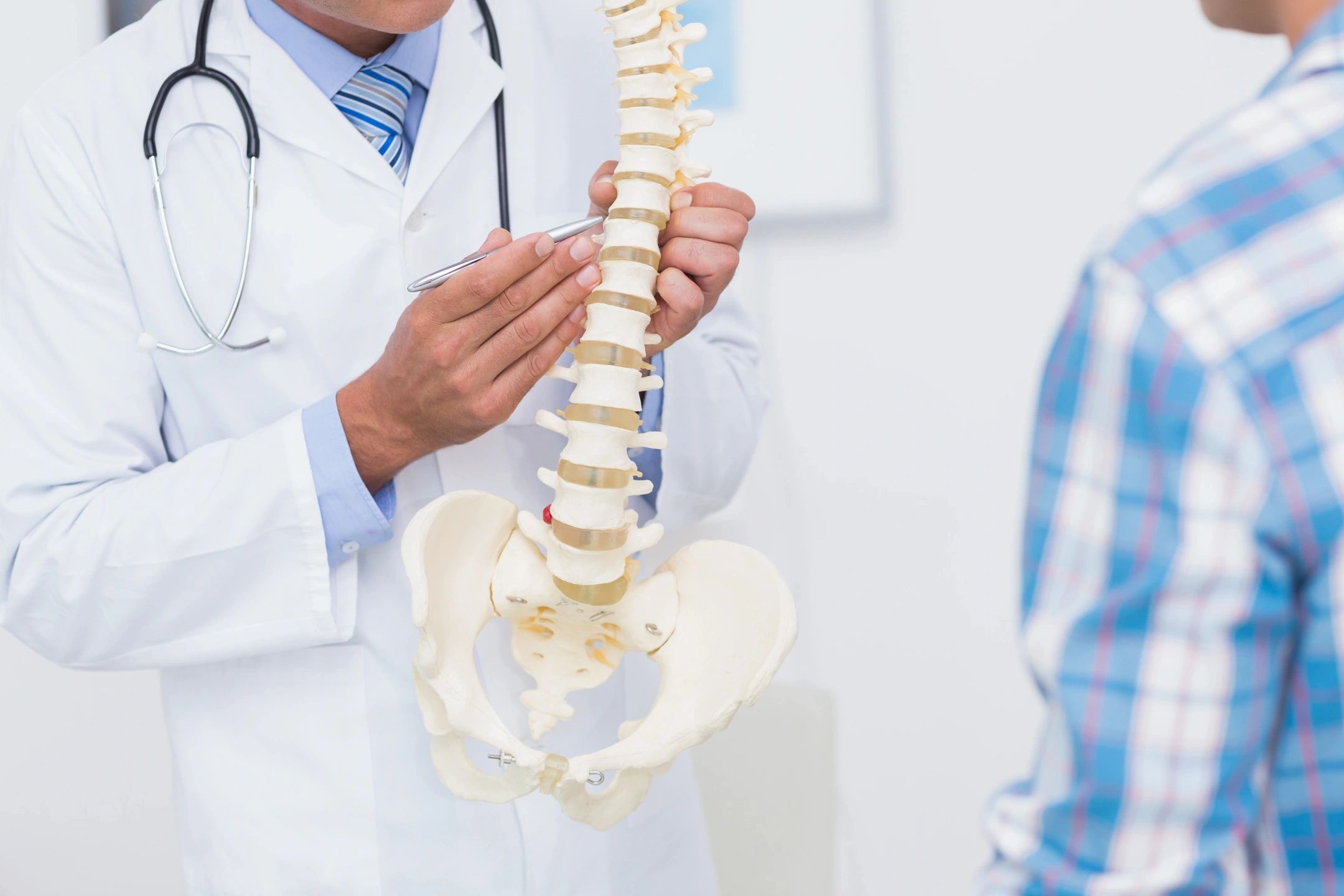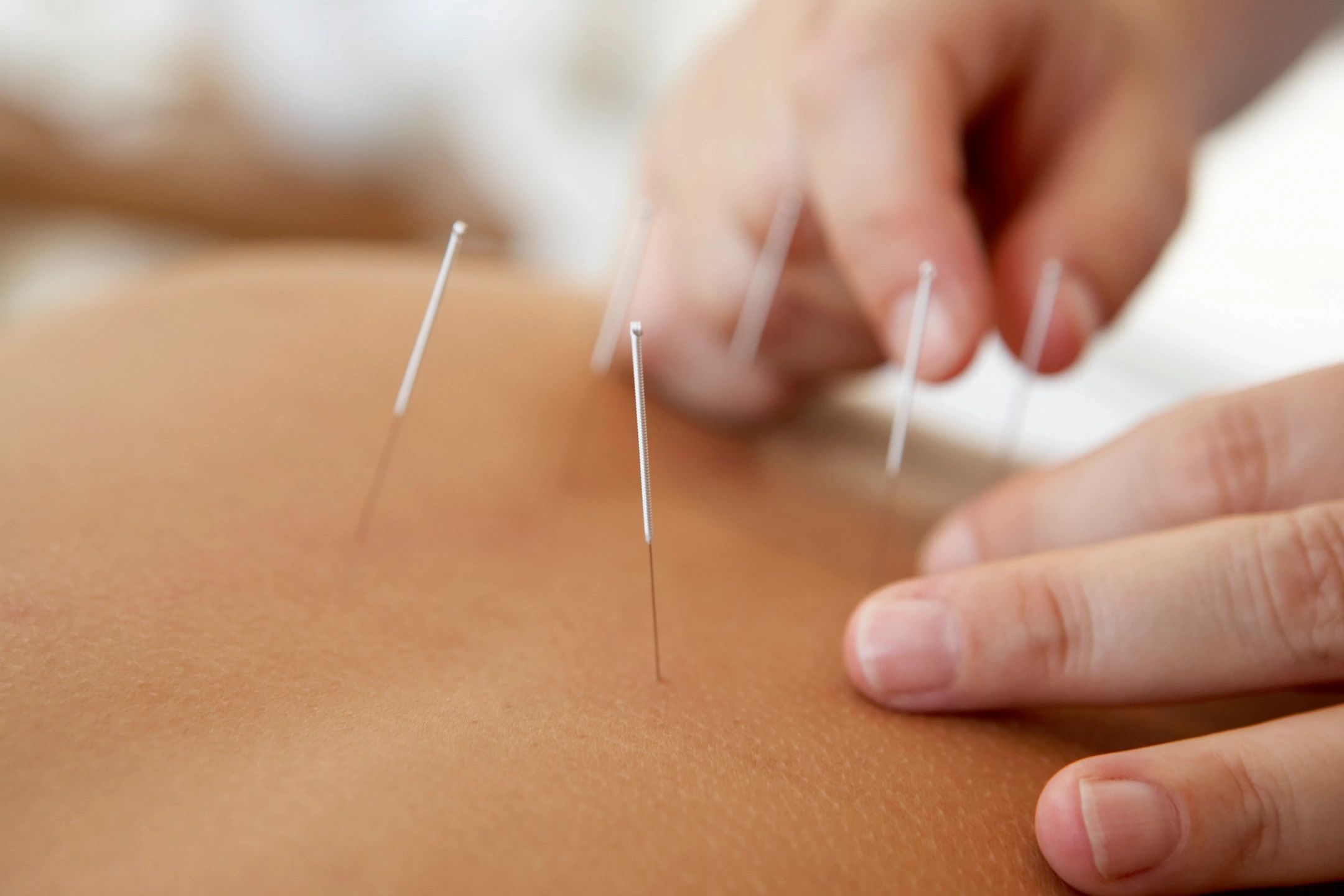
Chiropractic Care for Disc Injuries
You may have heard of someone with a “slipped disc” or a “bad disc” or even a “blown disc” but what does that actually mean? There are two main types of disc injuries, and they are closely related. The inter-vertebral discs are the cushions between the vertebrae, or bones in your back. Over time, various stresses put on those discs, whether from repetitive motion, heavy lifting, or poor ergonomics, can cause them to start to break down.
Disc Bulge: Achy Pain, Diffuse, or spread out
When you look at the anatomy of the disc, many people find it helpful to think of it as a jelly donut. The hard, rubbery outer part of the disc would be analogous to the doughy part of the doughnut, while the inner gelatinous portion of the disc would be the jelly. As the outer doughnut part starts to break down, the disc will often start to flatten and push outwards. This is what we call a disc bulge. Typically the pain with a disc bulge is more achy and diffuse. Many people have a disc bulge with little to no symptoms at all.
Repetitive motion
Another cause of back pain that often goes overlooked are repetitive motion activities. When most of us think of repetitive motion, we think of hand and wrist injuries such as carpal tunnel. But activities that require frequent bending forward can be equally bothersome. The frequent flattening of our normal curve in the back can put tremendous stress on our spines over time.
Herniated Disc: Sharp Pain
Once the outer layer has been damaged too much, it will create a hole in the outer later. This lets the “jelly” push out from the center. This type of disc injury is a herniation. Disc herniation injuries are typically more painful. As the inner disc material pushes outward, it can come into contact with the nerves of the lower back. This can lead to radicular pain, or sharp pain that can travel down the length of the nerve, whether into the arm or the leg, depending if the injured disc is in the neck or low back.
The good news is, as long as the damage is not too severe, both kinds of disc injuries generally respond well to chiropractic treatment. By gently realigning the vertebrae, or the bones in the back or neck, we can improve joint motion which reduces stress on the disc. Spinal decompression is often useful to open the space between the vertebra and help pull the disc back into it’s proper position and helps the disc heal. If there is a significant amount of trigger points, or tender nodules in the muscles, deep tissue massage can help address that component as well. Once the pain is under control, physical therapy is important to retrain and strengthen the area to help keep the back feeling and functioning better.
Call our North Olmsted, Ohio chiropractic care clinic today to schedule an evaluation and see if we can help with your disc injury.
WHAT OUR PATIENTS SAY ABOUT WORKING WITH OUR TEAM:
At Superior Spine Care we are proud of our patient relationships and the excellent reviews they leave us. We look forward to providing you with the same 5-star level of chiropractic, massage, physical therapy or acupuncture care!
HEALTH SERVICES AT SUPERIOR SPINE CARE:

CHIROPRACTIC
As a Doctor of Chiropractic, Dr. Neil Wensink has years of training and experience in spinal adjustments and manipulation and provides advanced spinal correction combining state of the art chiropractic techniques with traditional tried and true methods. Never in the history of chiropractic have we been able to provide the level of help and expertise that now exists. These newer correction methods are more effective and more comfortable than ever before.

MASSAGE THERAPY
Massage therapy aids in patients’ rehabilitation by focusing on manipulating and realigning the deepest layer of muscles and connective tissue. It is the most beneficial therapy to release chronic muscle spasms. At Superior Spine Care we provide specific massage and muscular therapy tailored to meet the patient’s condition and injury. The benefits of massage therapy include increased blood circulation, reduced swelling, relaxed muscles and pain relief.
Learn More About Therapeutic Massage Treatments and Techniques

PHYSICAL THERAPY
Physical Therapy is the treatment or management of physical disability, movement, malfunction, or pain, without the use of medicine or surgery. With many years of experience and continuing education, Chrissy employs a variety of different physical therapy modalities to personalize your treatment program with a specialty in using Myofascial Release Technique to help alleviate acute and chronic pain.

ACUPUNCTURE
Acupuncture is an ancient Chinese-based approach to treating a variety of health conditions. It works by triggering different points on the skin with small, one-time use, stainless steel micro-filament needles. It is based on the idea that a blockage, or disturbance, in the body’s flow of Qi (pronounced as “chee”) can cause heath issues. Dr. Chester Dickerson, Superior Spine Care’s Licensed Acupuncturist, Therapist, inserts thin needles at specific points to help with pain relief and restore proper energy flow.
